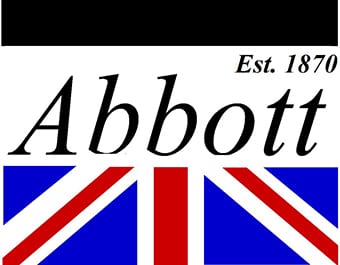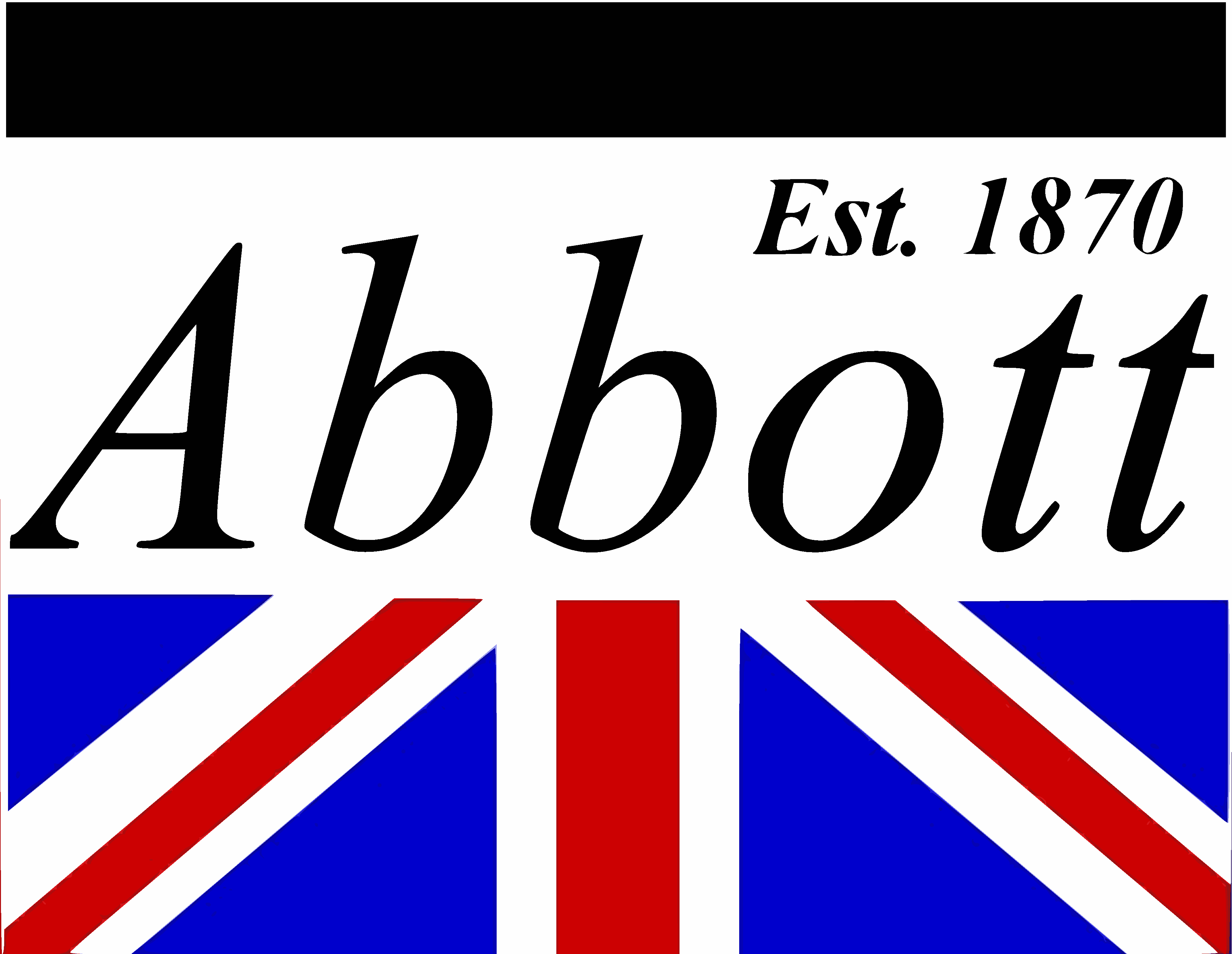
by web4less | Feb 27, 2014 | Uncategorized
In the good old days We used weld procedures for welding carbon steel pressure vessels and air receivers to British standards BS 4871 and BS 4870 part one. These days a lot has changed and the process involves a number of stages. Nowadays we start with the welding...

by web4less | Feb 21, 2014 | Uncategorized
We manufacture our pressure vessels and air receivers with Bureau Veritas (BV) approvals. As air receiver and pressure vessel manufacturers we must comply with strict regulations and codes in order to market our equipment. In Europe, USA and India, manufacturers must...

by web4less | Feb 4, 2014 | Uncategorized
The photo below shows the identification tag on a roll of ESAB Aristorod 1.2mm mig welding wire. In conjunction with our ISO9001 quality manual and EN287 and EN288 weld procedures / approvals we use this wire for some of our basic P265GH carbon steel pressure vessel...

by web4less | Jan 30, 2014 | Uncategorized
This stack of dished and flanged ends has been machined on a vertical borer. The preparation on the dish end will be used to produce a clean weld to the main pressure vessel shell plate. In accordance with our approved world procedures to meet the requirements of...

by web4less | Jan 27, 2014 | Uncategorized
Openings in the shell of a pressure vessel naturally introduce a weakness at that point. The bigger the opening the greater the compensation required to make up for it. Different pressure vessel design codes use different methods to calculate the amount of...

by web4less | Jan 24, 2014 | Uncategorized
These conical pressure vessels are built to PD 5500 conveying powders in a process plant. Built TO PD5500 cat 2 the mig welded joints have been tested using ultrasonics








Recent Comments